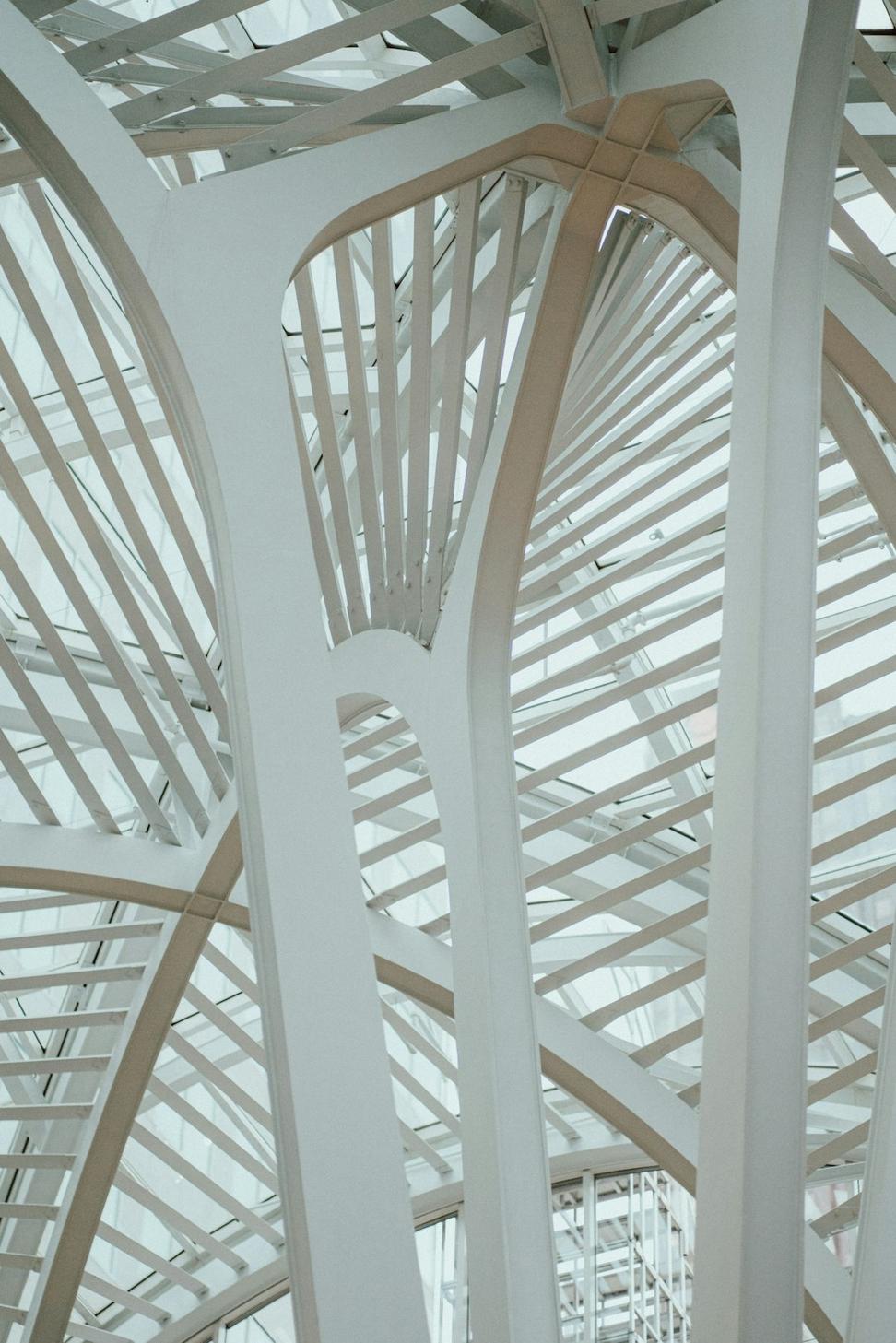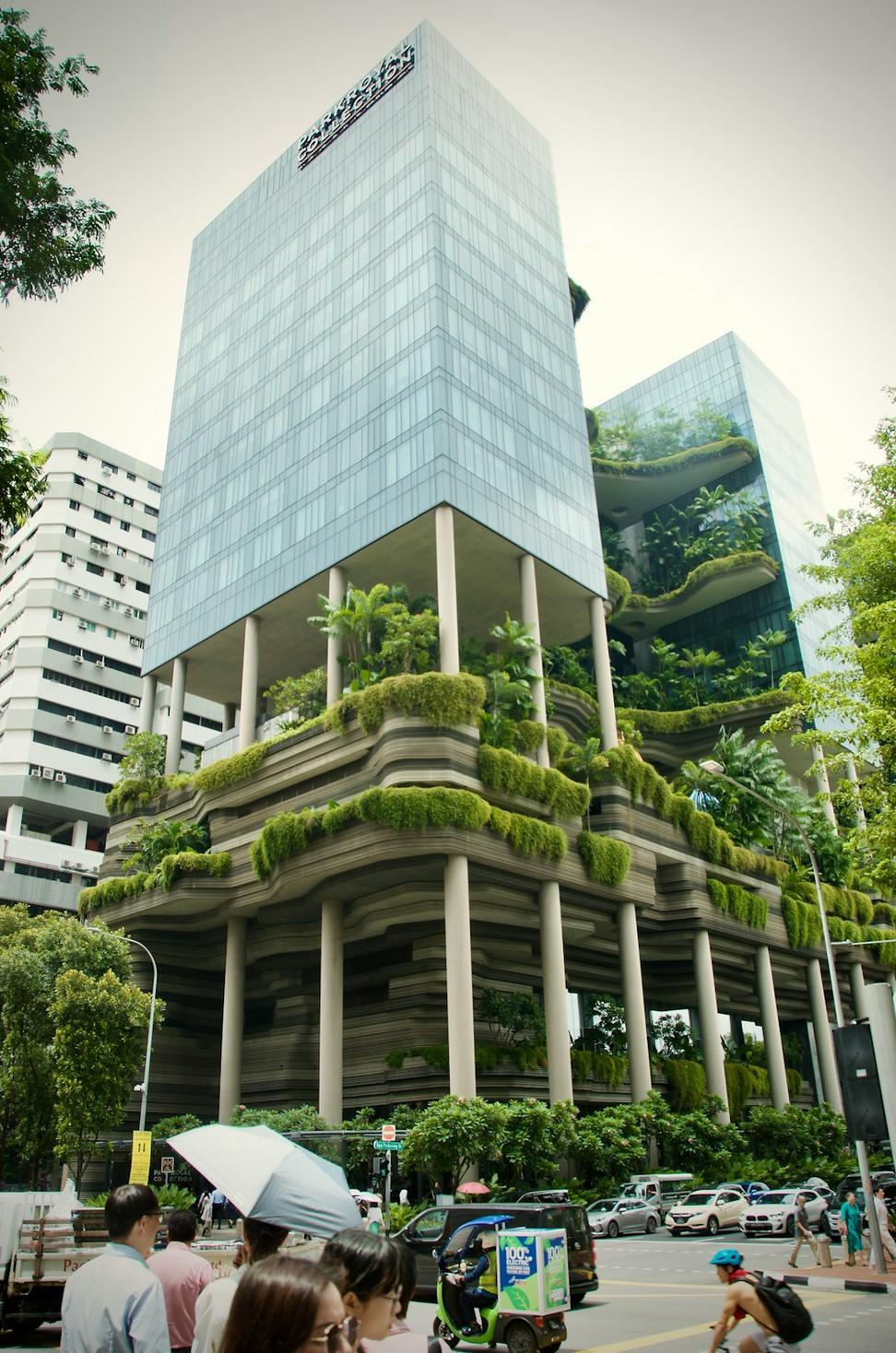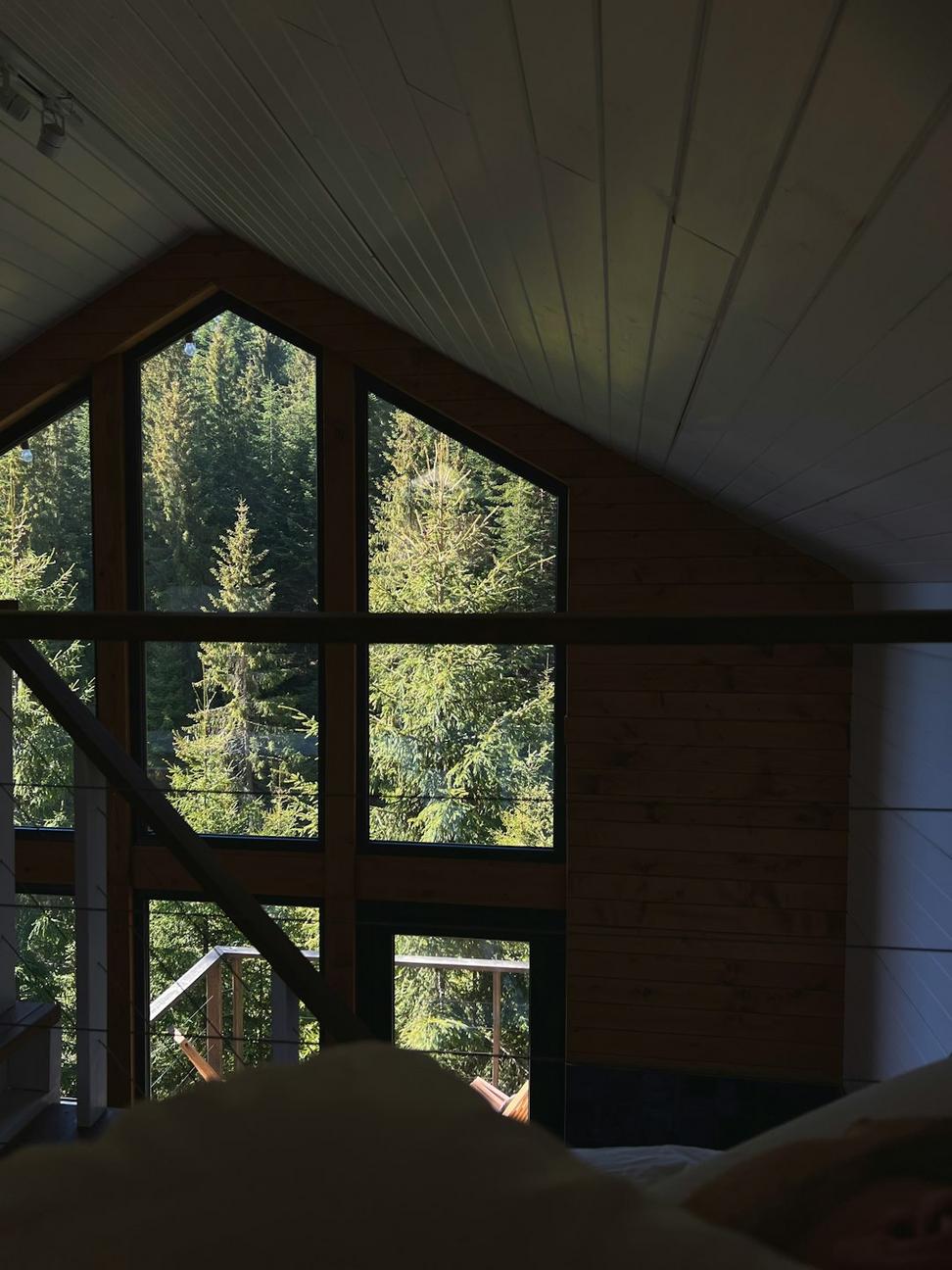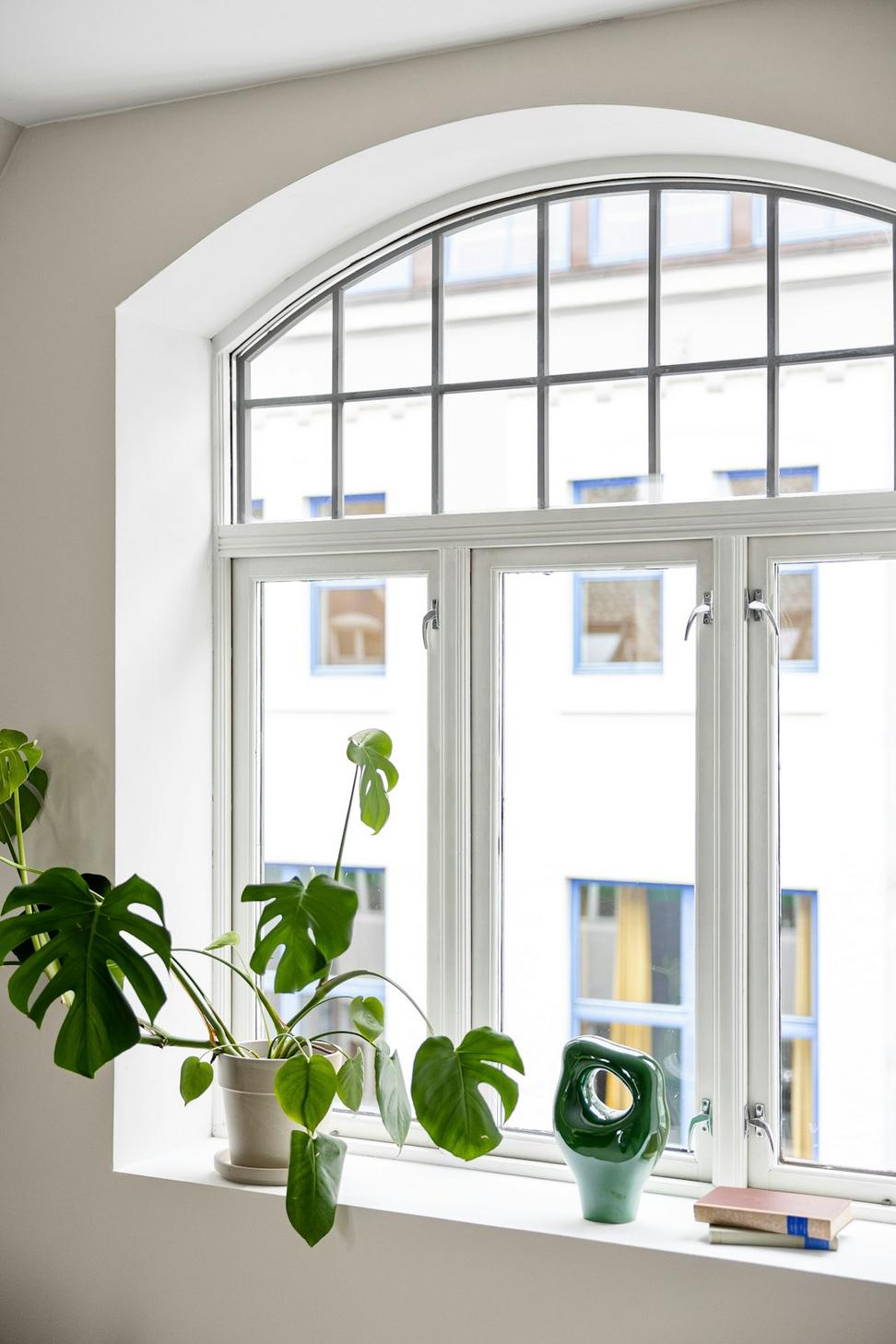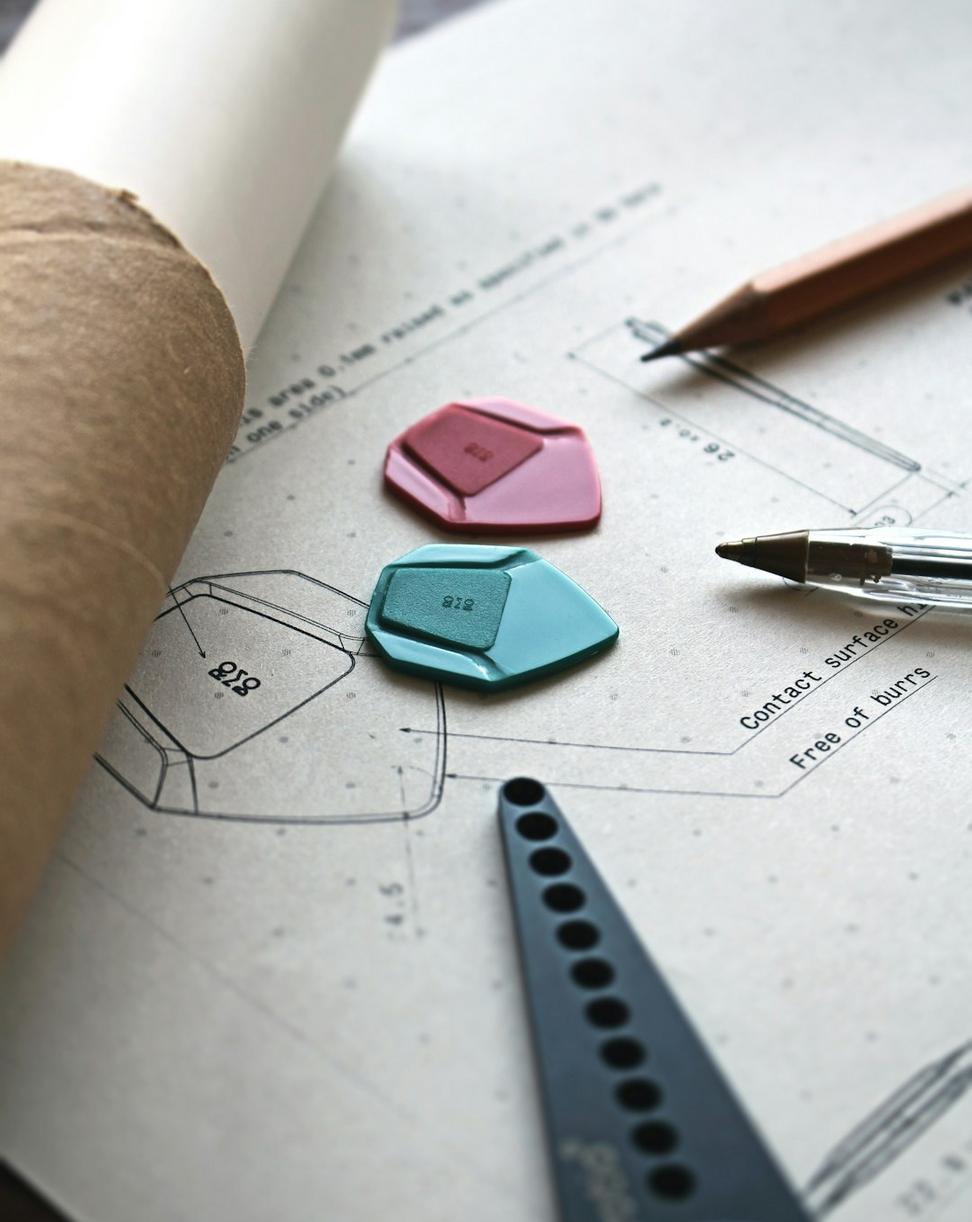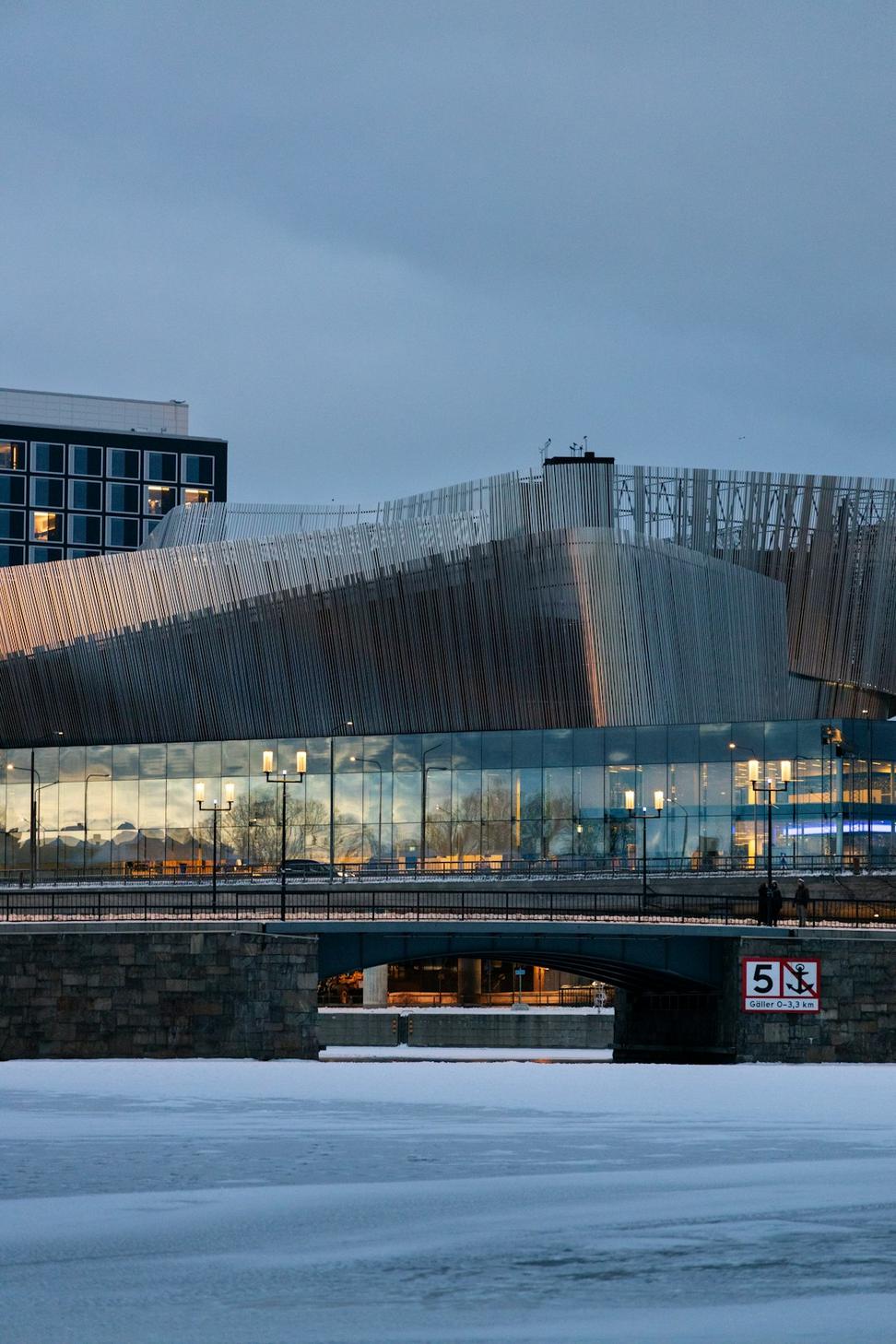
Building with Nature,
Not Against It
Look, we're not gonna pretend we've got all the answers. But what we do know is that every building we create should leave the world a bit better than we found it. That's not marketing talk—it's just how we think architecture should work.
